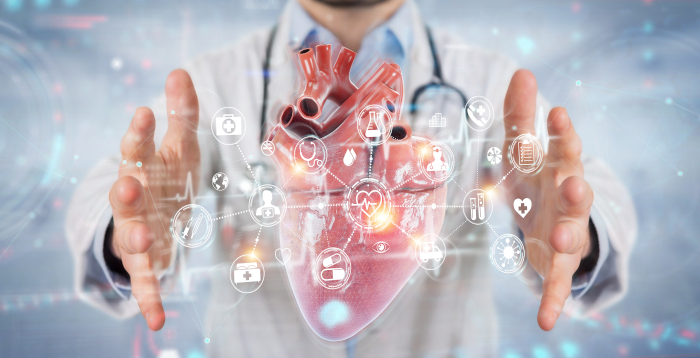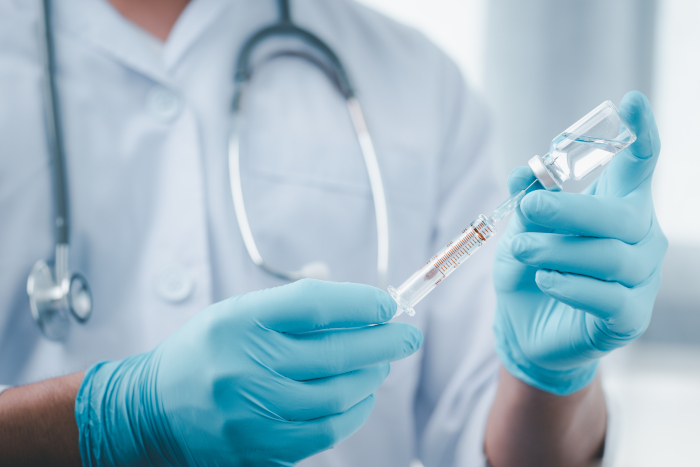It’s the science that studies the origin, the transmission mechanisms and the propagation way of the cardiac impulse by the introduction of one or several catheters from the veins and femoral arteries to the heart, where by specialized maneuvers an electrical stimulation is produced to make a diagnosis of arrhythmias.
There are several arrhythmias which can be cured after the electrophysiological diagnosis. This is done by applying controlled heat, transmitted to the internal part of the heart with the introduced catheter. This process is called ABLATION.
Ventricular arrhythmias may alter hemodynamics and compromise the patient's life.
Arrhythmias such as atrial fibrillation are under continuous research to improve success rates of ablation and minimize recurrence.
In addition to the arrhythmias, electrophysiology studies cardiac stimulus either partial or permanent. This type of stimulus may be achieved through 3 types of devices: pacemaker, defibrillators and re-synchronizers.
Implantable devices are electronic devices capable of analyzing the heart rhythm and treat arrhythmias through electrical stimulation. Pacemakers and implantable cardioverter defibrillators (ICD) are the most common.
The electrophysiological study is the procedure used to determine the electric activity of the heart.
Through these studies we can:
- Determine the normal rhythm of the heart
- Recognize simple and complex arrhythmias
- Evaluate abnormalities found in electrocardiograms
- Evaluate the possibility of sudden death when abnormalities are detected in the electrocardiogram
- Determine the effectiveness of specific treatments
For whom is this study indicated?
Indicated in patients with symptoms of arrhythmic disorders and which are manifested through or alterations of the vital signs which may compromise the life of the patient.
There are two types of studies:
1. For Diagnosis:
-
Investigates the electric activity of the heart.
-
Identifies the origin of the arrhythmias, blocking points and the type of arrhythmia.
- Determines the likelihood of developing arrhythmias, or of cardiac death in the future.
2. Therapeutic:
Once the origin of the arrhythmia is determined, it can be established if it is susceptible to definite treatment.
The effectiveness of this procedure can reach 95% success.







